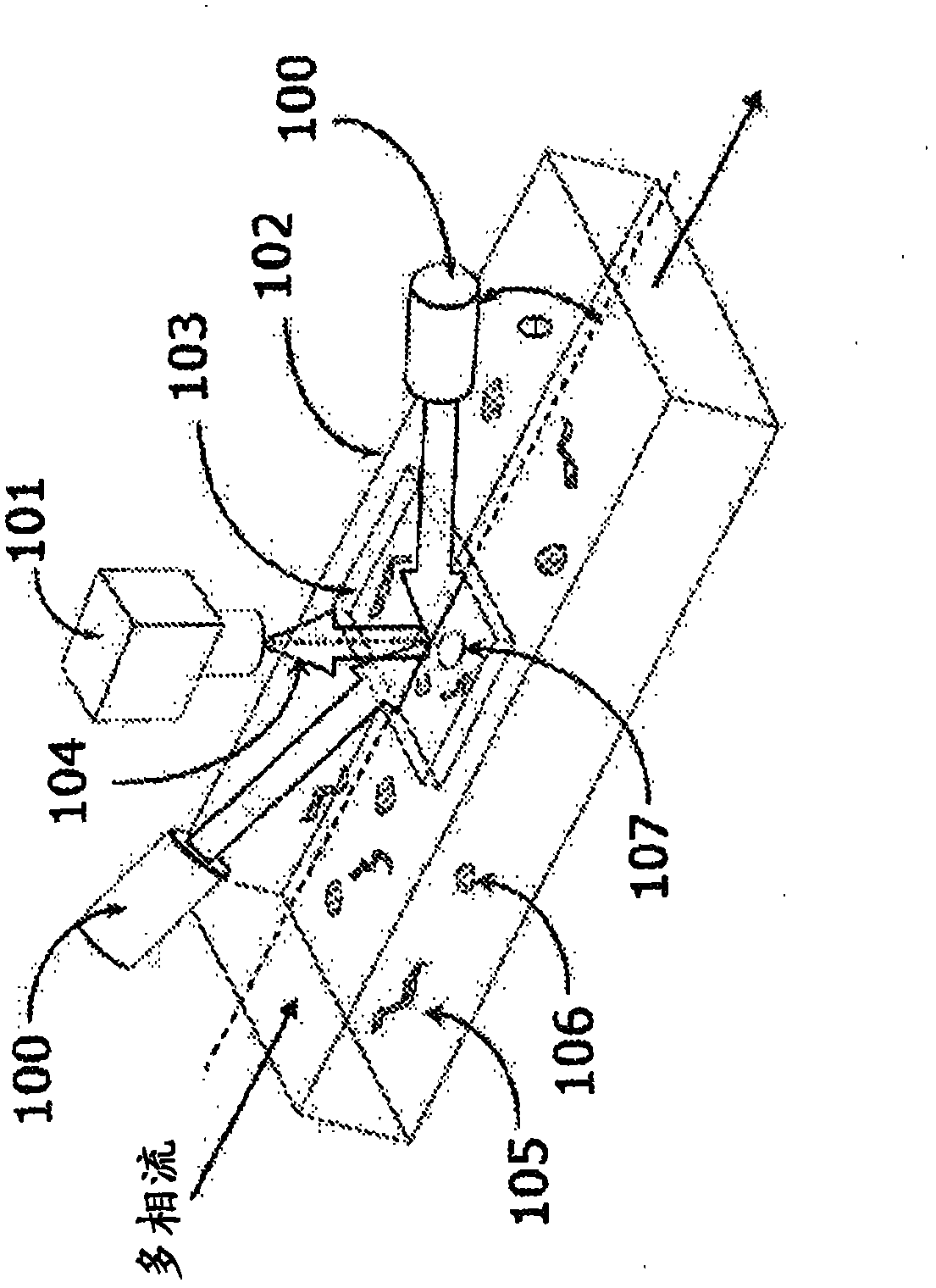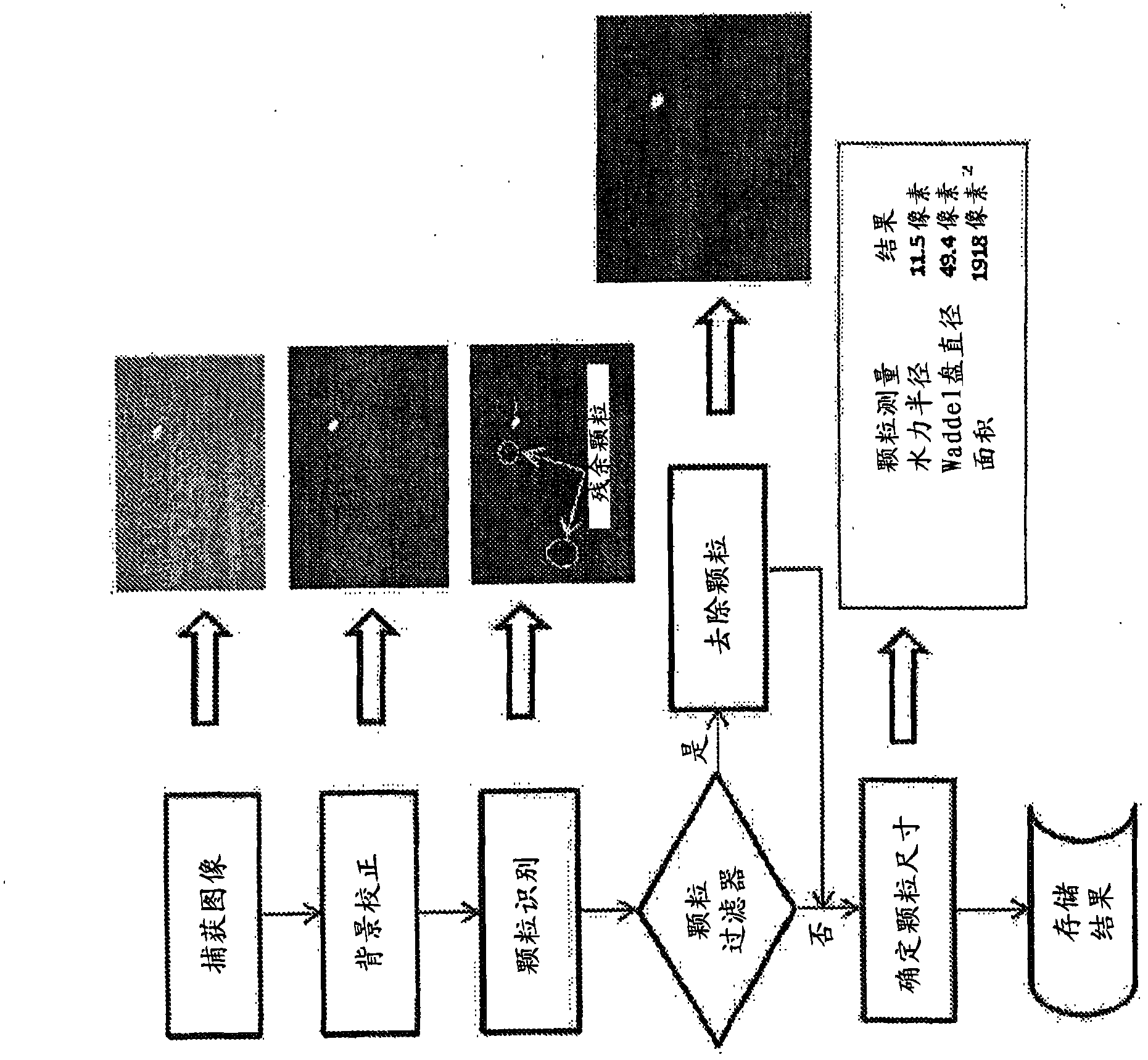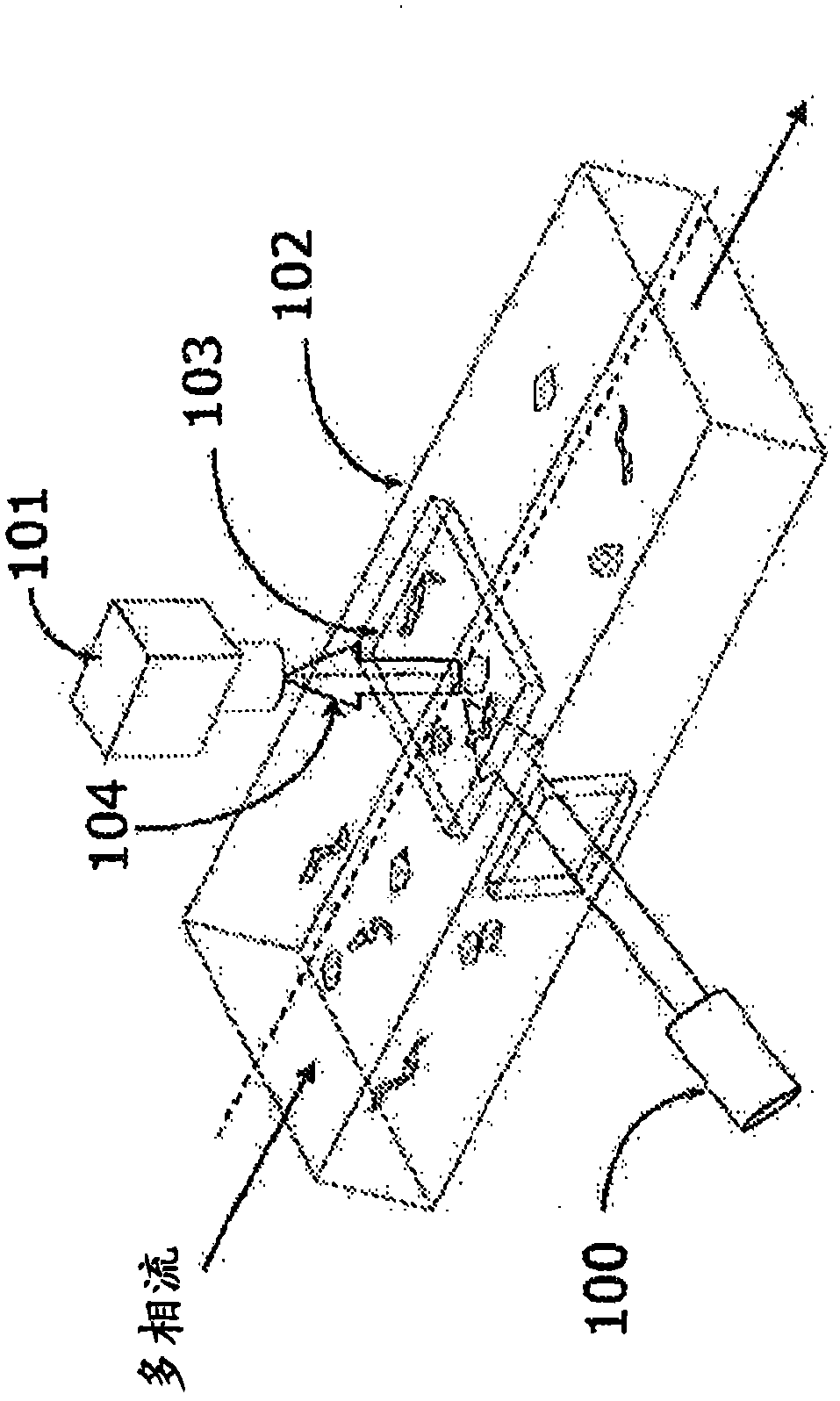Method of monitoring macrostickies in recycling and paper or tissue making process involving recycled pulp
A technology for pulp and pulp, applied in the field of real-time analysis of large sticky matter, can solve problems such as continuous monitoring that does not involve dye injection
- Summary
- Abstract
- Description
- Claims
- Application Information
AI Technical Summary
Problems solved by technology
Method used
Image
Examples
Embodiment
[0077] Such as figure 2 A portable batch analyzer using a flow cell and optical imaging system shown in , was tested on continuous pulp flow in a closed loop circulation system. The analyzer consisted of a barrel mixer, including a pulp preheater when required, and thermocouples, the mixer was mixing at 400 rpm, a flow rate of 1.2 gpm, and the temperature was maintained by a heated external blanket. The optical system can be used as a benchtop instrument or reconfigured for continuous on-line monitoring. For these examples, a benchtop setup was used. Fresh pulp is sampled from a first source. Fresh pulp is made from recycled fibers and then diluted 1:4 with water to 15L. With mixing, Nile Red dye was added to the dilute slurry, 30 ml of a 0.1% by weight dye solution in isopropanol, and recordings were started immediately (except for the demonstration experiments in Table II). The data obtained are stored electronically. Using the appropriate camera and imaging processing...
PUM
| Property | Measurement | Unit |
|---|---|---|
| size | aaaaa | aaaaa |
| size | aaaaa | aaaaa |
| diameter | aaaaa | aaaaa |
Abstract
Description
Claims
Application Information
 Login to View More
Login to View More - R&D
- Intellectual Property
- Life Sciences
- Materials
- Tech Scout
- Unparalleled Data Quality
- Higher Quality Content
- 60% Fewer Hallucinations
Browse by: Latest US Patents, China's latest patents, Technical Efficacy Thesaurus, Application Domain, Technology Topic, Popular Technical Reports.
© 2025 PatSnap. All rights reserved.Legal|Privacy policy|Modern Slavery Act Transparency Statement|Sitemap|About US| Contact US: help@patsnap.com



